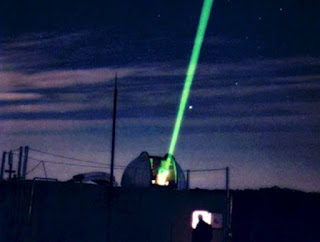Three Normative Theories of City Form
Three Normative Theories of City Form
Lynch, K 1981. ‘Three normative Theories’, A theory of good city form, MIT Press, Cambridge, Mass., pp.73-95
Since the dawn of the city there has been the question about its origin and its significance. Human beings have been attracted by their power and mysticism that has meant a support of the city for many aeons. The original layout and form of the city as described by Feng Shui in China (and most of the close by Asian nations) and the mandala in India, made the city form a simple, almost mechanical way of being protected from the elements and strange goings on as well as a point of blame for when these things occurred.
This city as a science or as a spiritual guide started the “pseudoscience of geomancy” over the times however this geomancy has moved into social sciences, architecture, urban design and the like. Although more modern terms the city still shows that “power is still expressed and reinforced by the same means” walls, gates, boundaries. This modern mdel is that similar to the machine. A model in which the elements of the mechanism can be segregated and repaired, like a machine the elements of the whole are intrinsic but not out of reach of the human being and their ability of reason and judgement. The city becomes a mechanised, almost mass produced model.
The third normative theory is that of the organic form. Altered and changed to suit city needs and forms throughout the last two hundred years, the organic forms reduces the ability for cities to function properly by indulging designers and developers to curved whimsical streets and irregular plot sizes. Similar to the medieval city this is almost a defence mechanism however, it is easy to see these forms as organic and thus they sound more appealing to people. Rather than seeing the more functional gridlock systems etc as more organic if an organism is seen as a purely functional being.
Lynch, K 1981. ‘Three normative Theories’, A theory of good city form, MIT Press, Cambridge, Mass., pp.73-95
Since the dawn of the city there has been the question about its origin and its significance. Human beings have been attracted by their power and mysticism that has meant a support of the city for many aeons. The original layout and form of the city as described by Feng Shui in China (and most of the close by Asian nations) and the mandala in India, made the city form a simple, almost mechanical way of being protected from the elements and strange goings on as well as a point of blame for when these things occurred.
This city as a science or as a spiritual guide started the “pseudoscience of geomancy” over the times however this geomancy has moved into social sciences, architecture, urban design and the like. Although more modern terms the city still shows that “power is still expressed and reinforced by the same means” walls, gates, boundaries. This modern mdel is that similar to the machine. A model in which the elements of the mechanism can be segregated and repaired, like a machine the elements of the whole are intrinsic but not out of reach of the human being and their ability of reason and judgement. The city becomes a mechanised, almost mass produced model.
The third normative theory is that of the organic form. Altered and changed to suit city needs and forms throughout the last two hundred years, the organic forms reduces the ability for cities to function properly by indulging designers and developers to curved whimsical streets and irregular plot sizes. Similar to the medieval city this is almost a defence mechanism however, it is easy to see these forms as organic and thus they sound more appealing to people. Rather than seeing the more functional gridlock systems etc as more organic if an organism is seen as a purely functional being.



Comments
Post a Comment